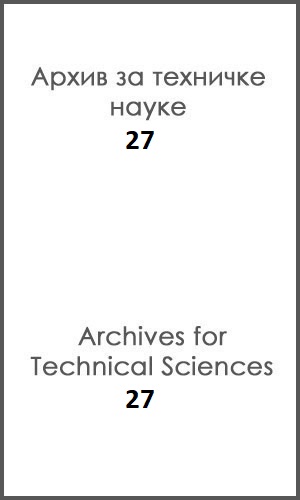THE SIGNIF ICANCE OF HARVEST RESIDUES IN THE SUSTAINABLE MANAGEMENT OF ARABLE LAND. II. HARVEST RESIDUES MANAGEMENT
DOI:
https://doi.org/10.7251/afts.2022.1427.049PAbstract
Harvest residues (HR) are one of the important aspects of sustainable management in agriculture, representing a significant portion of organic matter (OM) that can be retained or removed from agro-ecosystems. There are several ways to manage plant residues: (i) burning, (ii) incorporation in soil, (iii) leaving plant residues after harvest on the soil surface in form of mulch, (iv) undersowing crops in HR and (v) baling and removing HR from the plot. Burning is the most unreasonable action in agricultural production, which is prohibited by legal regulations in force. The burning means a complete loss of OM - N and S are irretrievably lost in the air, mineral substances remain in ash, and microorganisms in the soil surface layer are destroyed. Incorporation of HR may be complete or partial, depending on the soil cultivation method applied. This HR management method has a number of soil benefits: increases content of nutrients, OM and humus; increases microbiological activity; improves soil water, air and physical properties; improves soil structure, ultimately contributing to the increase in soil fertility and plant growth. Two practical approaches that were once common, have been neglected. Namely, undersowing and mixed cultivation where various species are simultaneously grown with or between plantings of a main crop. Removal of HR indirectly leads to a decrease of the organic matter in the soil. In essence, there is a need to determine the size of acceptors and the return rates of organic residues of different quality, and to increase the efficiency of nutrient cycling from residues through various land acceptors and crops, with minimal losses from the system.

